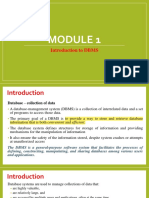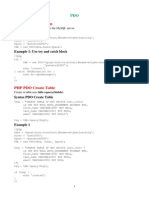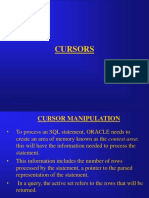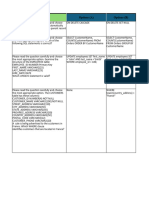0% found this document useful (0 votes)
21 views14 pagesIS Chapter 4.6.2-4.7.7
The document discusses the functions and importance of Database Management Systems (DBMS) in data storage, retrieval, and manipulation, emphasizing the retrieval process, user interaction, and concurrency control. It also covers data warehousing, data marts, and data mining, highlighting their roles in decision-making and business intelligence. Additionally, it outlines the emergence of Database as a Service (DaaS) and the advantages of distributed databases for enhanced accessibility and efficiency.
Uploaded by
01000621879ziadCopyright
© © All Rights Reserved
We take content rights seriously. If you suspect this is your content, claim it here.
Available Formats
Download as PDF, TXT or read online on Scribd
0% found this document useful (0 votes)
21 views14 pagesIS Chapter 4.6.2-4.7.7
The document discusses the functions and importance of Database Management Systems (DBMS) in data storage, retrieval, and manipulation, emphasizing the retrieval process, user interaction, and concurrency control. It also covers data warehousing, data marts, and data mining, highlighting their roles in decision-making and business intelligence. Additionally, it outlines the emergence of Database as a Service (DaaS) and the advantages of distributed databases for enhanced accessibility and efficiency.
Uploaded by
01000621879ziadCopyright
© © All Rights Reserved
We take content rights seriously. If you suspect this is your content, claim it here.
Available Formats
Download as PDF, TXT or read online on Scribd
/ 14


































































































